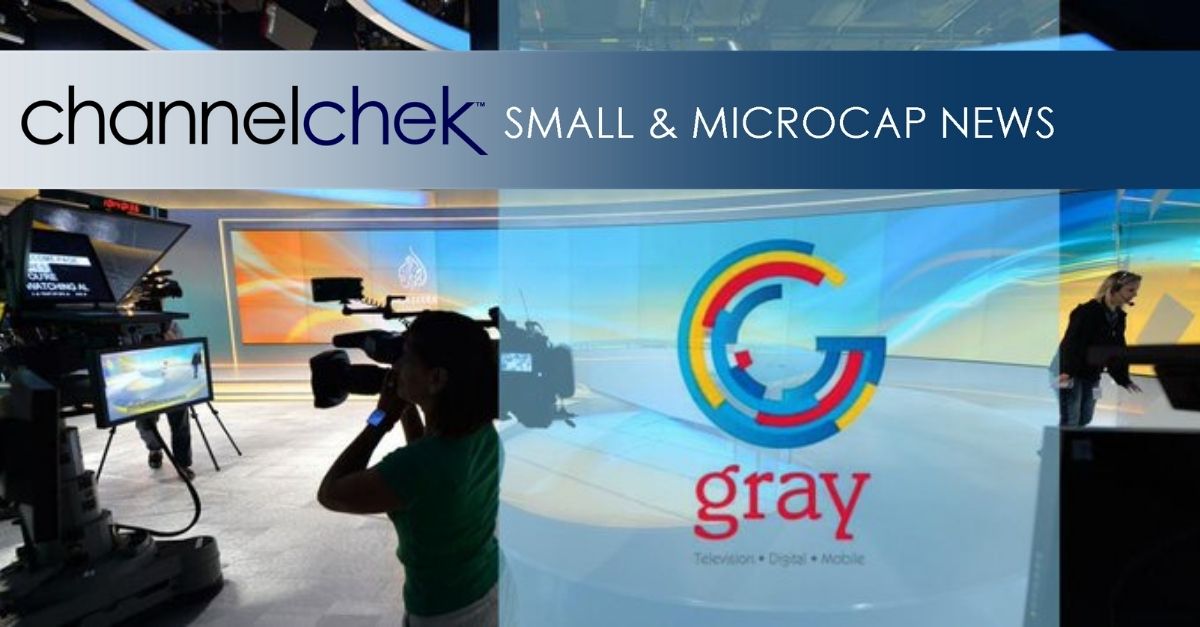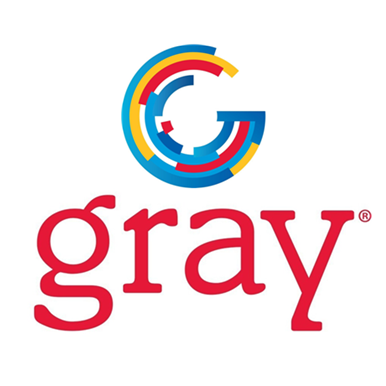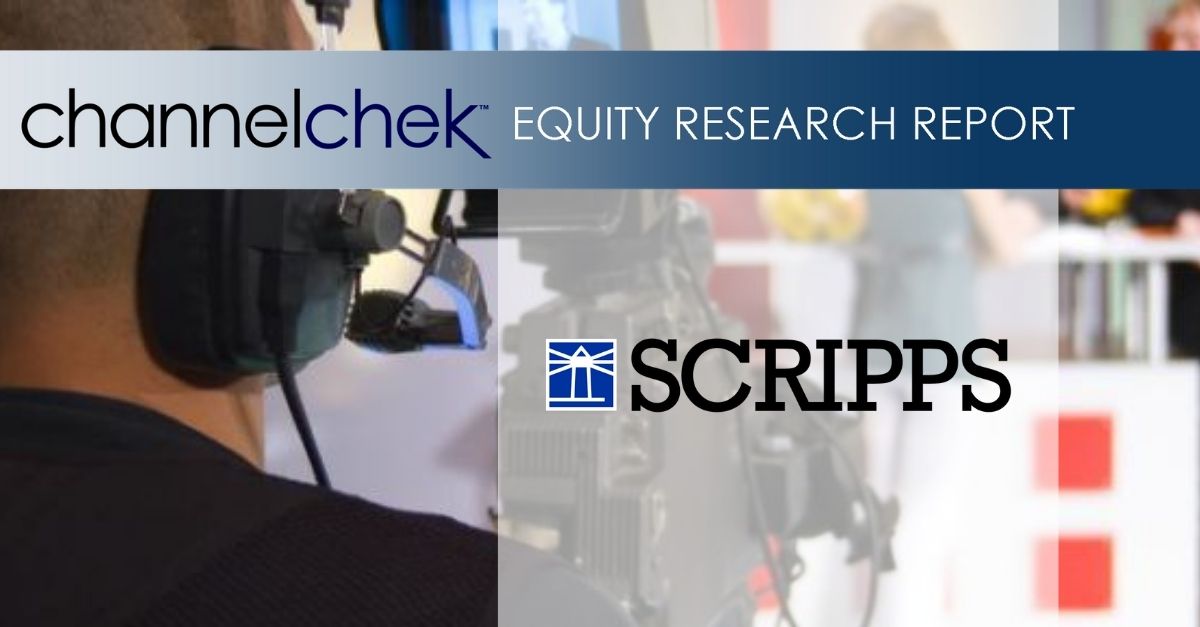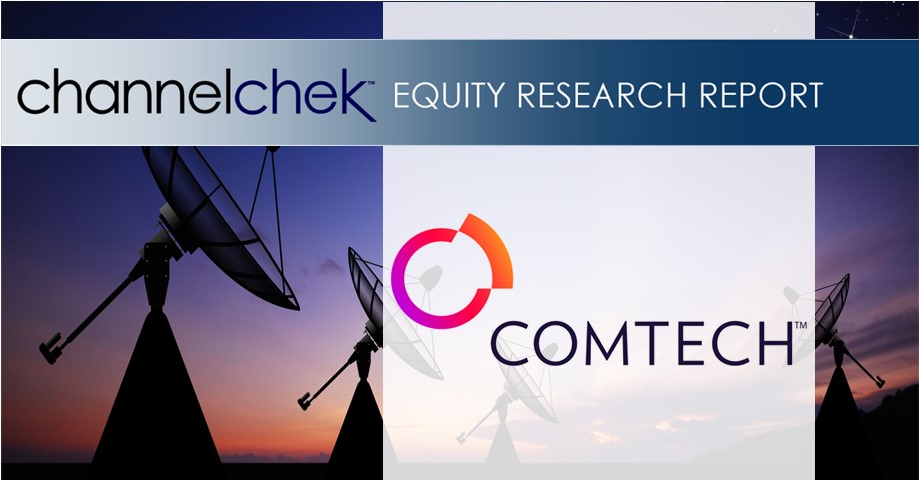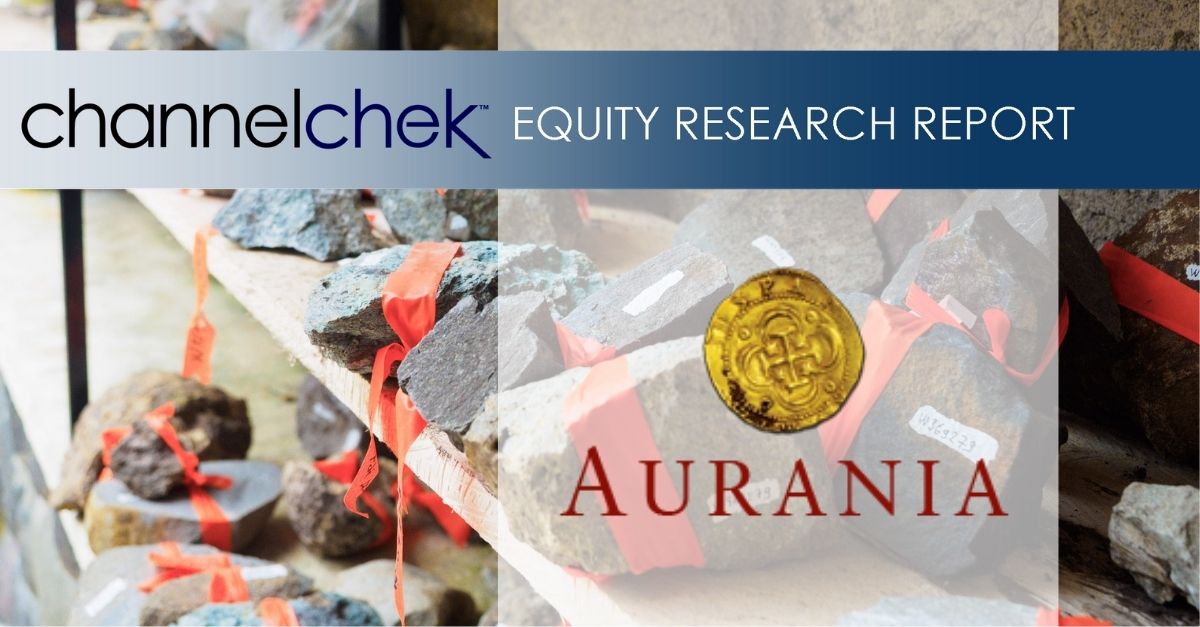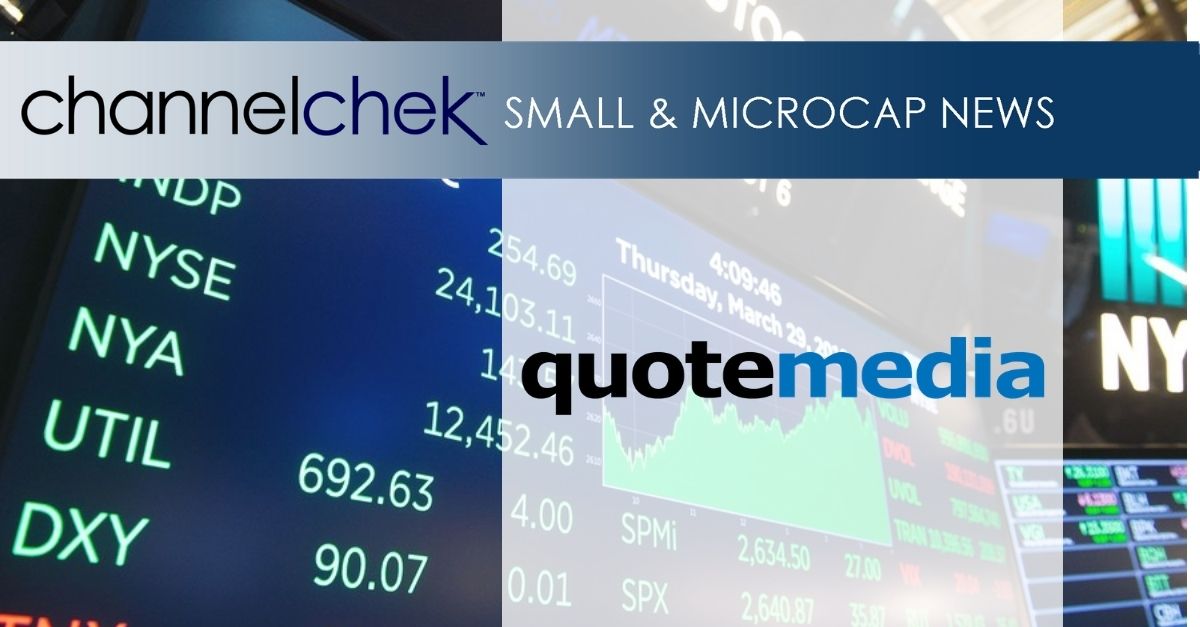For many individuals, investing in the stock market is a pathway to financial growth and security. And while familiar large-cap names like Amazon, Apple and Microsoft may first come to mind when building a portfolio, small-cap stocks represent another promising segment of the market.
Today, we’ll take an in-depth look at the world of small-cap stocks and examine whether they can make a wise addition to your investment strategy. Whether you’re a seasoned investor looking to broaden your portfolio or someone new to stock market investing, this article will answer all your questions about what a small-cap stock is and much more.
Defining Small-Cap Stocks
First, let’s start with a quick definition – what exactly are small-cap stocks?
Small-cap stocks refer to companies that have a relatively small market capitalization, generally between $300 million and $2 billion. Market capitalization (or market cap) is calculated by multiplying the total number of company shares outstanding by the current market price per share.
So a company with 10 million shares trading at $20 per share would have a market cap of $200 million, landing it in the small-cap category.
In contrast, large-cap stocks like Apple, Microsoft, and Amazon are valued in the hundreds of billions. Small-cap stocks represent companies in earlier developmental stages with significant room for expansion ahead of them before reaching the scale of the market leaders. Some well-known examples of small-cap companies across different sectors are The ODP Corporation, Bassett Furniture, The Geo Group and Maple Gold Mines.
Small-cap stocks sit in the middle between micro-cap stocks (under $300 million market cap) and mid-cap stocks ($2 billion to $10 billion market cap). At the higher end are large-cap stocks (over $10 billion) and mega-cap stocks like Apple that exceed $200 billion in market value.
For many growth-oriented investors, small-cap stocks represent an opportunity to invest early in a company with potential for rapid expansion before they become household names. The early-stage status means small-cap companies have ample runway to grow their market share and establish themselves as industry leaders over time. With the right investments, small-cap stocks can deliver exponential returns compared to slow and steady large-cap stocks that have less growth potential ahead.
However, the smaller size and scale of these companies also leads to higher volatility and risk compared to large-caps with firmly entrenched market positions. We’ll explore these trade-offs more in the sections ahead.
Key Characteristics of Small-Cap Stocks
Now that we’ve defined what a small-cap stock is, let’s dive deeper into some of the typical characteristics of these types of companies:
Greater Growth Potential
With small-cap companies still in relatively early phases of their lifecycle, their products and services often have significant room for wider adoption and expansion. Small-cap stocks are laser focused on growing their market share rapidly during the critical early innings before competitors emerge. They pour capital into product development, sales and marketing, and geographic expansion while large-caps aim to protect and defend their existing turf.
Higher Volatility
With smaller financial resources and operational scale, small-cap stocks tend to be more vulnerable to market swings and changing economic conditions. As a result, their share prices can fluctuate wildly in short periods of time as sentiment shifts. On the other hand, large-cap stocks boast stability and steady, predictable growth.
Less Analyst Coverage
Wall Street banks and financial media outlets tend to devote the bulk of their research and coverage to large, established companies that dominate their industries. Meanwhile, small-cap stocks fly under the radar in comparison. This lack of attention results in opportunities for diligent individual investors to uncover small companies poised for growth before they gain widespread analyst and investor attention. This is where Channelchek comes in. Our market research is specific to small cap stocks and completely free as long as you join our community
Potential for Undervaluation
The limited analyst coverage and lack of institutional investor interest in small-cap stocks can at times lead to mispricing opportunities where the stocks trade at valuations that do not fully reflect their growth prospects and upside potential. Savvy investors can find hidden gems trading at deep discounts relative to their future earnings power. Of course, finding these diamonds in the rough requires rolling up your sleeves and digging into financial statements.
Liquidity Challenges
The total number of outstanding shares is far lower for small-cap companies versus large-caps, which leads to lighter trading volumes and thinner liquidity. This results in wider bid-ask spreads, premiums and heightened volatility when entering and exiting positions. Large-cap stocks benefit from abundant liquidity and tight spreads, allowing large trades to be executed seamlessly.
In summary, while small-cap stocks carry additional risk factors, their lower valuations, lack of analyst coverage and undiscovered status provide significant upside potential for enterprising investors willing to conduct their own due diligence.
The Pros and Cons of Small-Cap Stocks
Now that we understand the typical traits of small-caps relative to large-caps, let’s examine the key potential benefits and drawbacks of adding these types of companies to your investment portfolio:
Potential Benefits of Small-Cap Stocks
– Outsized Growth Potential – With the right stock picks, small-cap companies can deliver exponential returns over a relatively short timeframe that mature large-cap stocks simply cannot match. Just look at Amazon’s meteoric rise over the past decade when it was still a small-cap.
– Undervaluation Opportunities – Due to the lack of widespread analyst coverage, small-cap stocks can become underpriced or neglected relative to their growth prospects. Dedicated investors can find hidden gems trading at compelling valuations before market awareness builds.
– Portfolio Diversification – Because small-cap stocks behave differently than large-caps with lower correlation, adding small-cap exposure can improve the overall risk-adjusted return profile of a portfolio heavy in stable large-cap names.
– Inflation Hedge – During periods of rising inflation, small-cap stocks have historically outperformed as they are more nimble in passing on price increases to customers. Large-cap names are slower to react.
Potential Drawbacks of Small-Cap Stocks
– Higher Volatility – The amplified swings in small-cap share prices require mental fortitude during periods of market stress. Their risk profile means small-caps are better suited for those with higher risk tolerance.
– Liquidity Risk – The lower trading volumes inherent with small-caps necessitates close monitoring of bid-ask spreads and liquidity when entering or exiting a position. Sudden moves can lead to dislocation.
– Fewer Resources – Compared to the robust balance sheets of large-caps, small-cap companies have less financial flexibility and capital reserves which can leave them vulnerable during recessions.
– Lack of Institutional Coverage – Minimal Wall Street research coverage means individual investors must conduct their own due diligence. Those relying purely on analyst reports will be late to the party.
All in all, while small-cap stocks carry some additional risks and challenges, their return potential merits inclusion for at least a portion of growth-oriented investors’ portfolios.
Researching and Investing in Small-Caps
Here are some key factors for investors to weigh before adding small-cap exposure:
– Assess your personal risk tolerance – The inherent volatility of small-cap stocks means they are better suited for those investors with higher risk appetites and ability to withstand routine price swings. Make sure your temperament aligns.
– Consider investment timeframe – The long-term growth trajectories of small-caps make them ideal picks for investors with longer time horizons of at least 5-10 years rather than short-term trading mentality. Have patience.
– Conduct extensive due diligence – There’s far less third-party Wall Street research available on small-caps compared to large-caps. You’ll need to thoroughly comb through financial filings, growth prospects, competitive dynamics and management track records.
– Diversify across multiple small-caps – Build a basket of small-cap stocks across different sectors to smooth volatility and avoid concentration risk. Layer in large-cap and mid-cap holdings.
– Monitor liquidity trends – Keep an eye on trading volumes and bid-ask spreads of small-caps you own to ensure ample liquidity exists when entering and exiting positions. Liquidity shrinks rapidly during downturns.
Taking these elements into account allows you to make informed decisions before venturing into small-caps.
Investing Strategies for Small-Cap Stocks
If small-cap stocks fit your risk tolerance, goals and research diligence, here are some effective approaches:
– Seek out promising sectors – Target high-growth sectors like technology, healthcare and consumer discretionary where disruption potential is highest rather than diversified small-cap funds.
– Identify company-specific catalysts – Look for upcoming product launches, partnerships, FDA approvals or expansion plans that could serve as catalysts for a sharp rise in sales, earnings and sentiment.
– Take a long-term perspective – Tune out the noise and stick to your original investment thesis during temporary price swings. Have conviction in your small-cap picks.
– Utilize stop-loss orders – Use stop-loss orders to automatically sell positions if prices breach certain thresholds as a risk management tactic. Re-enter when volatility subsides.
– Reinvest dividends for compounding – Many small-caps pay dividends despite early-stage status. Reinvesting dividends turbocharges long-term total returns.
– Consider small-cap index funds – For diversification, consider cost-effective small-cap index funds from leading providers like Vanguard, Schwab and iShares.
– Limit overall allocation – Given the amplified risk, small-caps should likely account for no more than 10% of your total portfolio assets. Size positions accordingly.
With rigorous research and prudent strategy, small-cap stocks can boost returns for enterprising investors willing to accept the higher volatility profile.
The Bottom Line on Small-Cap Stocks
In the high-growth small-cap arena, there will inevitably be huge winners and unfortunate flameouts. But for risk-tolerant investors, the profit potential justifies the bumpy ride. By taking a selective approach, diversifying across multiple small-caps, and holding for long time horizons, much of the volatility smoothes outs while allowing winners time to fully capture market share.
While individual small-cap stocks require diligence, broad exposure can be gained cost-effectively through small-cap index funds and ETFs. Overall, small-cap stocks fill an important niche in balanced portfolios, providing a return boost that slow-changing large-caps cannot match. For investors willing to accept fluctuations in the pursuit of superior long-term returns, small-cap stocks warrant consideration.
Join the Channelchek community to keep up with the latest small-cap insights and start making informed investment decisions!


